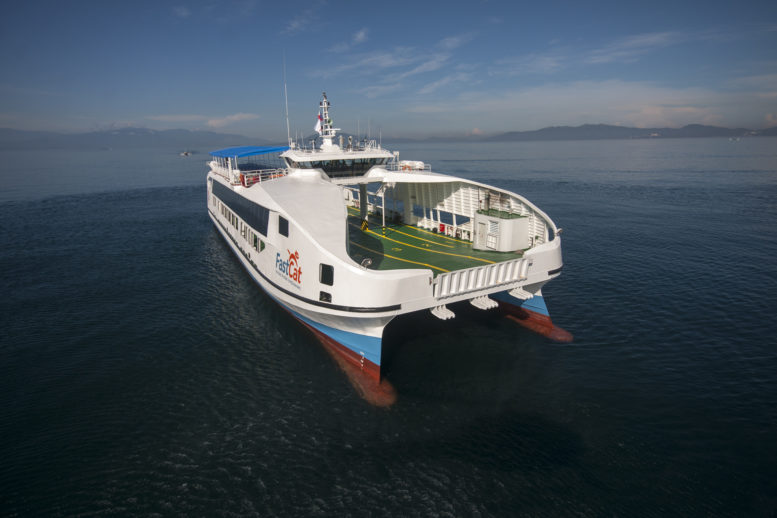The Philippine Ports Authority (PPA) is revisiting in 2017 its Roll on-Roll off (Ro-Ro) Port System in order to maintain its viability to the trade and tourism sector, more than a decade after its inception.
It is also a response of the agency to the call from the private sector, specifically Ro-Ro operators, to improve the facilities amid their initiatives to modernize the country’s fleet.
PPA General Manager Jay Daniel R. Santiago explained that initially, his agency is collaborating with the Manila Sports Car Club (MSCC) to traverse the western node of the Ro-Ro Highway.
The Western Nautical Highway is composed of the ports of Batangas, Mindoro, Caticlan, Iloilo, Bacolod, Dumaguete and Dapitan in Zamboanga registering massive growth percentages since it was launched in 2003.
“The Ro-Ro system is the most efficient means to connect the country’s islands, which is why it is important to guarantee its continued viability for trade and tourism,” Santiago stressed.
“With the influx of bigger, high-capacity and sophisticated Ro-Ro vessels, we need a responsive port system to cater to these demands,” Santiago said.
“The MSCC, whose members own vintage and classic vehicles, will experience the ports capability to handle ordinary commuter vehicles. If the ports can handle the special requirements of these unique vehicles then surely, our ports can definitely handle the requirements of everyday vehicles,” Santiago added.
The visit will also provide usable data and feedback from port users on how to further improve port operations.
After the Western Nautical Highway, to follow suit are the Central Nautical Highway and Eastern Seaboard.
The Central Nautical Highway links Pilar, Sorsogon and Balingoan in Cagayan de Oro while the Eastern Nautical Highway, which is a link between the province of Biliran, Western Leyte and Surigao City.
The modernization and expansion of the operations of the Ro-Ro system is one of the top priorities identified by the current administration to maintain inter-island connectivity.
The Government continues to encourage additional private sector investments in RoRo operations particularly in areas where there is a huge traffic volume.
In 2003, the Arroyo government issued a policy to promote Ro-Ro, a system designed to carry rolling stock cargo that does not require cranes for loading or unloading.
The Strong Republic Nautical Highway is one of former President Arroyo’s priority programs to ensure fast and economical movement of goods and people, and to boost domestic tourism and trade.
The Asian Development Bank earlier said the Ro-Ro system had cut the cost of the transport system as well as the travel time in the Philippines.
